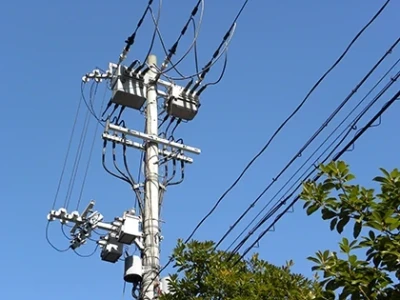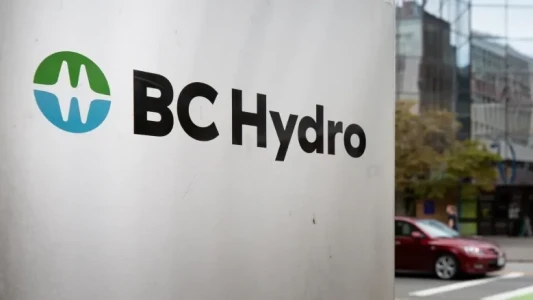New England’s 100-Hour Battery Boosts Offshore Wind

New England is setting ambitious goals to enhance its offshore wind energy capacity with the introduction of a groundbreaking 100-hour battery storage system. This innovative approach is part of a broader strategy to address the intermittency of renewable energy sources and ensure a reliable and consistent power supply. The 100-hour battery project represents a significant leap forward in energy storage technology, offering a solution that could transform the region’s renewable energy landscape.
The Need for Enhanced Energy Storage
As New England moves towards a greater reliance on offshore wind energy, addressing the challenge of energy storage becomes crucial. Offshore wind farms, while a promising source of clean energy, generate electricity intermittently, depending on wind conditions. To maximize the benefits of offshore wind and integrate it effectively into the energy grid, advanced storage solutions are necessary.
The concept of a 100-hour battery is designed to provide extended energy storage capabilities, allowing excess energy generated during periods of high wind to be stored and used when wind conditions are less favorable. This extended storage duration is a significant advancement over traditional battery systems, which typically offer shorter storage times.
Key Features of the 100-Hour Battery Project
-
Extended Storage Duration: The primary advantage of the 100-hour battery is its ability to store energy for up to 100 hours. This extended storage capability ensures that a substantial amount of energy can be retained and dispatched during periods when wind generation is low or demand is high.
-
Scalability: The 100-hour battery system is designed to be scalable, allowing for expansion as the demand for energy storage grows. This scalability is essential for accommodating future increases in offshore wind capacity and other renewable energy sources.
-
Grid Reliability: By providing a reliable source of stored energy, the 100-hour battery system enhances grid stability and reliability. This helps to smooth out fluctuations in energy supply and demand, ensuring a consistent power supply for consumers.
-
Integration with Offshore Wind: The battery system is specifically designed to complement offshore wind farms. It can store the excess energy generated by these farms and release it as needed, optimizing the use of wind energy and reducing reliance on fossil fuels.
Benefits for New England’s Energy Landscape
The introduction of a 100-hour battery system offers several benefits for New England’s energy landscape:
-
Increased Renewable Energy Utilization: The ability to store and utilize energy from offshore wind farms more effectively allows New England to maximize the contribution of renewable energy to its power supply. This supports the region’s climate goals and reduces greenhouse gas emissions.
-
Enhanced Energy Security: With a reliable and extended energy storage solution, New England can better manage its energy resources and respond to supply and demand fluctuations. This enhances the region’s energy security and resilience against potential disruptions.
-
Economic Opportunities: The development and deployment of advanced energy storage technologies create new economic opportunities in terms of manufacturing, installation, and maintenance. It also supports the growth of the clean energy sector and related industries.
-
Innovation Leadership: By investing in cutting-edge energy storage solutions, New England positions itself as a leader in energy innovation. This can attract further investment and drive technological advancements in the renewable energy sector.
Implementation and Future Prospects
The 100-hour battery project is a key component of New England’s broader strategy to expand its offshore wind capacity and transition to a cleaner energy future. The successful implementation of this technology will depend on several factors, including technological development, regulatory support, and investment.
As the project progresses, stakeholders will need to address various challenges, such as integrating the battery system with existing infrastructure and ensuring its cost-effectiveness. Collaboration between government agencies, private companies, and research institutions will be crucial in overcoming these challenges and realizing the full potential of the 100-hour battery.
Looking ahead, the success of the 100-hour battery system could serve as a model for other regions and contribute to the development of similar solutions in the global renewable energy market. As the technology matures and becomes more widely adopted, it has the potential to transform the way energy is stored and managed, further advancing the transition to a sustainable energy future.
In summary, New England’s plan to boost offshore wind energy with a 100-hour battery represents a significant advancement in energy storage technology. This innovative approach addresses the challenges of renewable energy intermittency and supports the region’s goals for a cleaner, more reliable power supply. As the project unfolds, it will play a crucial role in shaping the future of renewable energy and energy storage.








